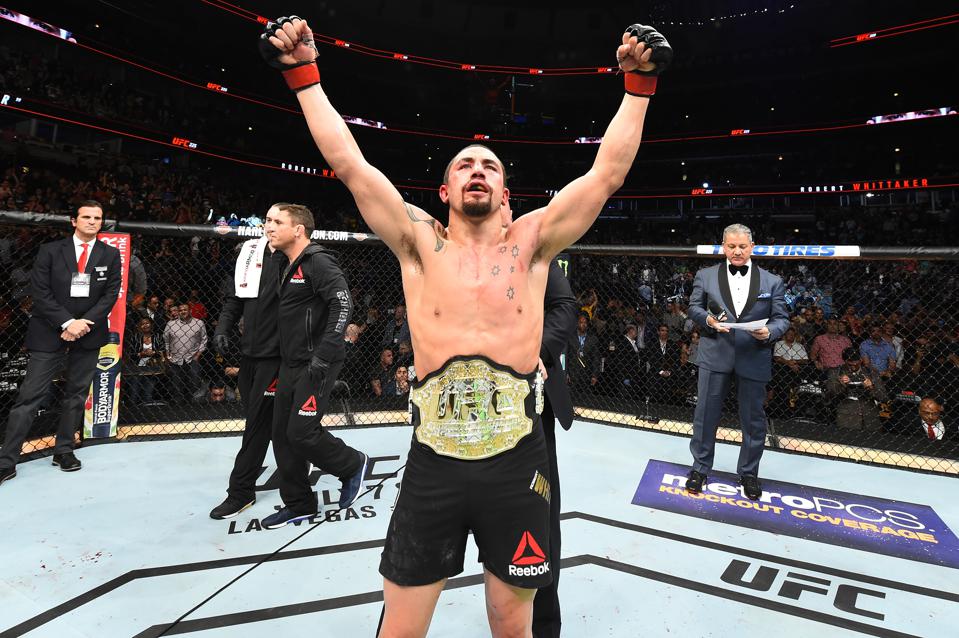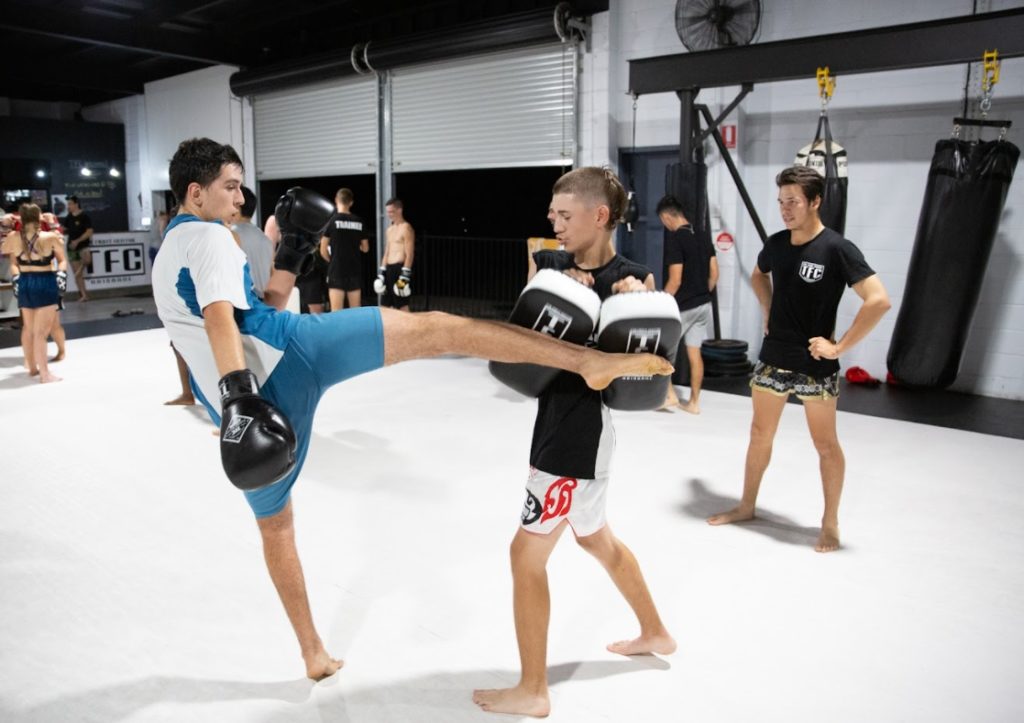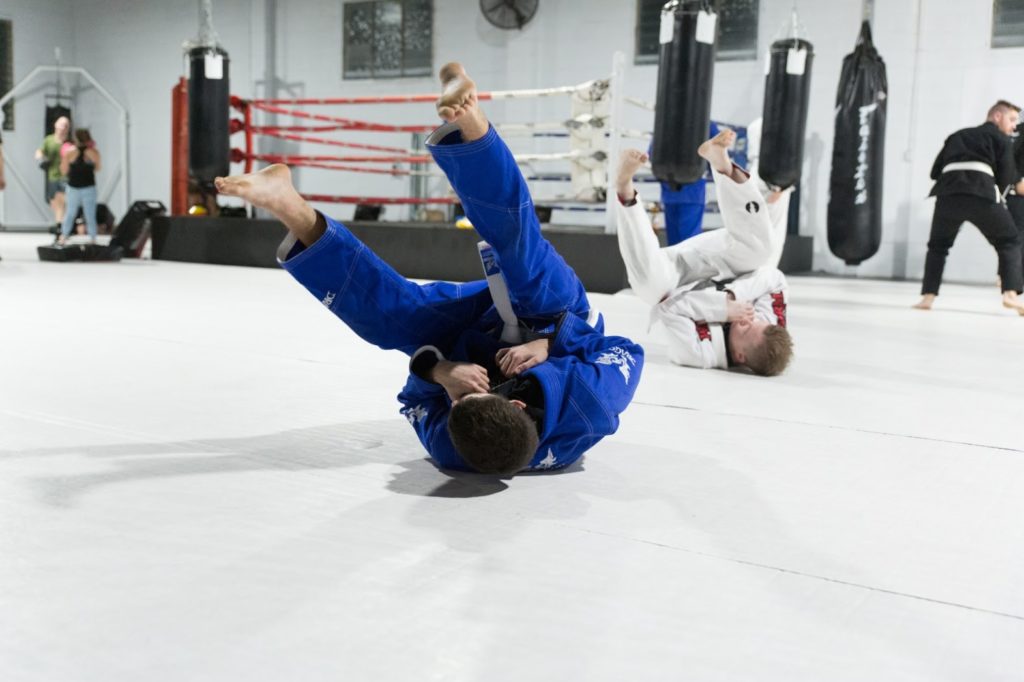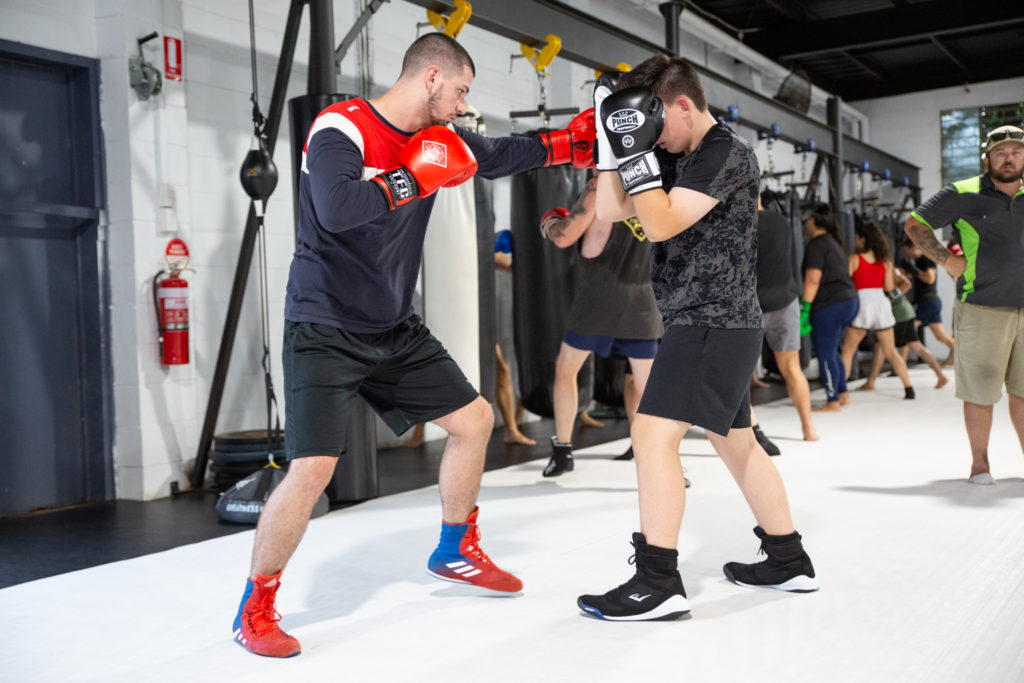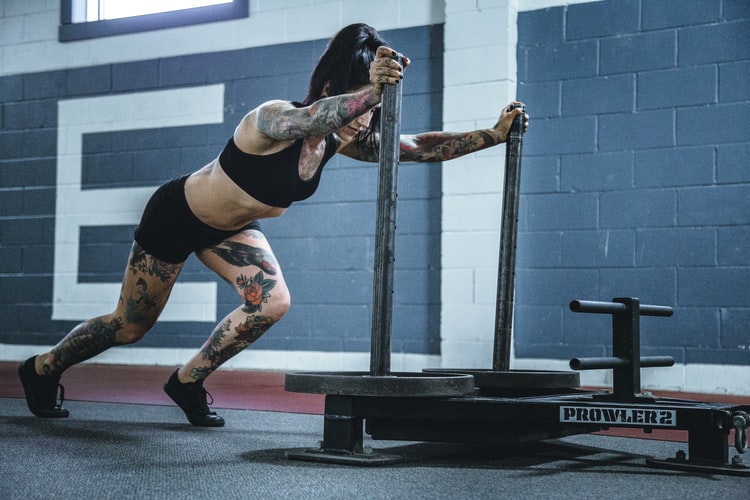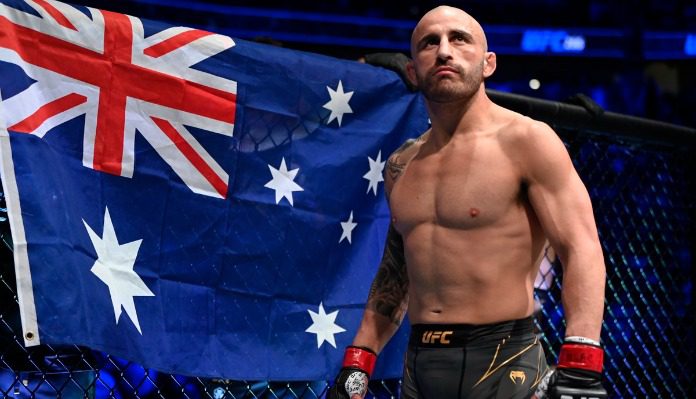MMA is one of, if not the most popular martial arts among people of all ages. Regardless of age or background, most of us have heard of or seen a UFC fight at some point in our lives. It’s very inspiring to see fighters dedicate their lives to the fight. It’s only a matter of time before gyms offer MMA for beginners everywhere, and we’re all for it.
After all, MMA is not just about fighting. Many physical and psychological benefits come with MMA training. It’s not so surprising then that it’s become a popular fitness option even for casual MMA fans.
But whether you want to fight or not, the best way to get the full benefits of MMA training is to get the whole experience. In this article, we’ll explore typical UFC training plans and what the day of a UFC fighter looks like.
-
The Ultimate Fighting Championship
The UFC began holding competitions in the early 1990s. Thanks to its reality show format ‘The Ultimate Fighter’, it grew in visibility and popularity in the early 2000s. While there are more promotions today than ever, the UFC is still quite synonymous with MMA.
We can categorize fighters in the UFC as strikers and grapplers. They don’t exclusively strike or grapple, but their preference shows when they are in the ring. Usually, these would be the beginners of the pro-MMA world. They would gain more experience and face opponents of different fighting styles. Over time, they will grow to become well-rounded fighters.
(This article goes into more detail about different UFC fighting styles.)
We could say that a well-rounded fighter has the best chances of becoming the Ultimate Fighting Champion.
-
The Pro Fighter Training Program
MMA for beginners can tend to focus on whether to learn striking or grappling first. As you level up your skill, you’ll be adding more to your plate.
The thing about MMA is that you have to be well-rounded in more than just striking and grappling. You should have enough muscle to hit hard, but not too much that it slows your movements down. You have to be agile and quick on your feet, but you also have to generate enough force to deal damage. Finally, you need to have amazing cardio conditioning, but you have to be a technical expert at the same time.
And knowing that you’re a person with one body and limited training capacity definitely makes it overwhelming. What aspect should you train first? If you drill today, when will you do strength and conditioning? You have to spar as much as you can, but don’t overdo it. You might get injured.
A training plan is crucial to fight preparation to ensure you cover all your bases. Ultimately, how you plan your training program would depend on the strategy you craft against your opponent.
Still, to give you an idea of how MMA fighters prepare, we’ll go over some training aspects. Generally, we can divide training to three categories: drilling, sparring, and conditioning.
-
Drilling
Drills improve a fighter’s reflexes, techniques, and execution. Endless repetitions of drills may seem tedious and… well, repetitive, but its importance cannot be understated.
Drills simulate the progression of events that may happen in a match. Some assume that drills are just for beginners learning techniques for the first time. However, the truth is that even pros need good drilling sessions to build muscle memory.
Striking
Fighters may do striking drills against a bag, but it’s more effective with a partner. Drills may include offensive, defensive, and evasive movements. Some examples are:
- Punching, kicking, kneeing, and elbowing, including counterstrikes
- Footwork, slipping, bobbing, and weaving
- Blocking and catching kicks
Grappling
Grappling drills may include positioning, submissions, passes, reversals, and escapes. A few of the many, many examples out there are:
- Hip escape/shrimping
- Bridge
- Technical stand-ups
- Sit-outs
- Sprawl
Transitions
Of course, between the striking and the grappling is the transition in between. Transitioning from standing to the ground may include takedowns and sweeps. Unfortunately, for this part of drilling, you absolutely need a partner. The best way to see if your technique works is to use it against a resisting opponent and see if it works regardless.
-
Sparring
Sparring is the closest you can get to a real fight with minimal risk of injury. What’s the difference between sparring and a real fight? The difference lies in their objectives.
When you fight, you aim to overpower and dominate your opponent with speed, skill and strength. On the other hand, sparring is less about power and more about precision and control.
By practising your skills in a simulated fight, you learn how to react to events in the cage. You also get an idea of how your opponent may respond to your tactics. It helps with your timing, distance, footwork, balance, and reflexes. It also trains you to think on your feet.
Simply put, it gives you all the benefits of practical fight experience without the risks.
The gear you wear will depend on your level and mode of sparring:
- When boxing, it’s boxing gloves and mouth guard. Fighters also often wear head gear for added protection.
- In Muay Thai, it’s Boxing or Muay Thai gloves, shin guards, and mouth guards. Again, it’s not uncommon to wear head gear as well.
- When sparring MMA, it’s MMA gloves and mouth guard. Sparring in MMA for beginners usually doesn’t involve a head gear, since it incorporates ground fighting.
Regardless of the gear you’ll be wearing, remember not to go all out against your sparring partner. It’ll be a good practice of precision and control, and it’ll keep you both away from injury.
-
Strength and Conditioning
Strength and conditioning also play a significant role in fight preparation. It strengthens the muscles and helps avoid injury. In fact, fighters are known to survive getting knocked out thanks to their phenomenal physical condition!
Many muscle injuries come when fighters fail to halt their movement. They end up overextending their limbs and straining their muscles. Other injuries come when our muscles aren’t able to deal with external forces. (That includes strikes!) In both cases, strengthening the muscles can minimize damage.
While that’s already a good enough benefit of its own, there’s an even better one. The biggest benefit of strength and conditioning is that they boost your power and force production. A conditioned fighter hits hard, and a single hit can deal a lot of damage.
Just don’t overdo it with the weights. Strength and conditioning exercises build muscle. That may be a good thing, but too much muscle may slow you down. Muscle is also pretty heavy, so it can hurt your efforts to meet your weight.
-
A day in the life of Alex Volkanovski
Australian MMA fans know of the featherweight champ, Alex Volkanovski. But have you ever wondered what his typical day looks like? How often does he spar to become that good?
Well, you’d be surprised to know that one of the best Australian champs doesn’t like to spar too often. Volkanovski doesn’t believe hard sparring to be an effective way to improve his style. Instead, he pours most of his efforts into strength and conditioning training.
“I still have a full schedule when I don’t have a fight coming up. I’ll do anywhere from 2 – 4 sessions a day. Some days I’ll do strength in the morning and then I’ll do the normal training schedule we have at the gym. But, again, the pressure’s off so there’s no really hard work (like spiders and VO2 Maxes). We still want to stay sharp but we don’t want to be breaking ourselves too early, especially when we’re out of camp.”
Volkanovski eats between 2500 to 3500 calories a day, spread out over seven meals and a snack. He tries to stay healthy, and he sure does know better than to restrict himself!

